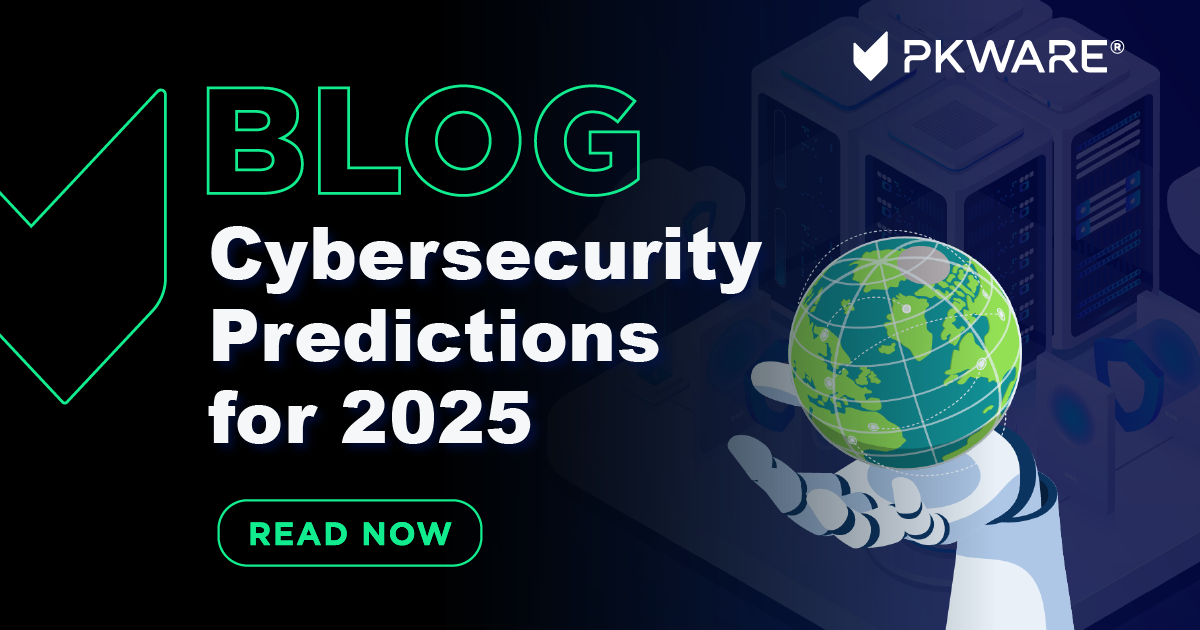Consult a trusted cybersecurity and privacy advisory firm to secure your data.
Wiki Article
Leading Cybersecurity Predictions for 2024: Stay Ahead of Arising Dangers
As we approach 2024, the cybersecurity landscape is positioned for significant makeover, driven by emerging hazards that organizations have to not only prepare for however additionally tactically address. The surge of AI-driven cyberattacks, combined with significantly advanced ransomware methods, highlights the urgent demand for sophisticated defenses. In addition, the growing variety of IoT devices provides brand-new vulnerabilities that can be made use of. With regulatory modifications on the horizon and a crucial focus on cybersecurity training, it is crucial for organizations to reassess their methods to remain durable. Just how prepared are you to browse these advancing difficulties?Increase of AI-Driven Strikes
As companies significantly take on expert system modern technologies, the potential for AI-driven strikes is coming to be an extremely important problem in cybersecurity. Cybercriminals are leveraging AI to enhance the sophistication and efficacy of their attacks, creating a landscape where typical security steps may falter. These attacks can exploit artificial intelligence formulas to recognize susceptabilities in systems and networks, bring about extra targeted and destructive violations.AI can automate the reconnaissance phase of an assault, allowing foes to collect substantial quantities of information promptly (cybersecurity and privacy advisory). This capacity not just shortens the time required to launch an assault yet likewise boosts its precision, making it harder for defenders to anticipate and mitigate threats. Additionally, AI can be used to create persuading phishing systems, produce deepfake content, or manipulate data, further complicating the cybersecurity landscape
Organizations must prioritize the combination of AI-driven cybersecurity services to counter these emerging dangers. By utilizing innovative threat discovery systems, companies can improve their capacity to determine and counteract AI-generated attacks in genuine time. Continual financial investment in training and awareness programs is additionally vital, as it outfits workers to identify and reply to possible AI-driven hazards effectively.
Increased Ransomware Elegance
The increase of AI-driven attacks is not the only fad reshaping the cybersecurity landscape; ransomware strikes have also advanced, becoming progressively advanced and targeted. As cybercriminals improve their techniques, companies face heightened dangers that call for adaptive strategies to reduce potential damage.
Modern ransomware risks now leverage progressed techniques, such as double extortion, where opponents not just encrypt data however additionally threaten to leakage delicate info if their demands are not met. This adds an additional layer of stress on victims, usually compelling them to pay ransom money to protect their online reputations and customer trust fund.
Moreover, making use of automated devices and artificial intelligence formulas by criminals has streamlined the assault process, enabling them to identify vulnerabilities a lot more efficiently and customize their strategies versus details targets. Such developments have led to a disconcerting rise of assaults on vital facilities, healthcare systems, and supply chains, stressing the need for robust cybersecurity frameworks that prioritize real-time hazard discovery and response.
To respond to these advancing dangers, organizations must buy extensive training, progressed safety and security modern technologies, and case action plans that incorporate lessons gained from previous ransomware incidents, ensuring they remain one action in advance of increasingly complicated strikes.
Development of IoT Vulnerabilities
With the fast development of the Internet of Things (IoT), vulnerabilities connected with these interconnected tools have actually ended up being an essential issue for organizations and people alike. The expansion of clever tools, from home appliances to industrial sensing units, has developed a large attack surface for cybercriminals. Numerous IoT devices are deployed with minimal safety methods, often utilizing default passwords or out-of-date firmware, making them vulnerable to exploitation.As tools become interconnected, the potential for massive attacks boosts. Compromised IoT gadgets can offer as entry factors for assailants to penetrate even more safe networks or launch Dispersed Denial of Service (DDoS) strikes. The absence of standardization in IoT safety determines more exacerbates these susceptabilities, as differing makers execute differing degrees of protection
In addition, the raising refinement of malware targeting IoT tools presents considerable risks. Threat stars are consistently creating brand-new approaches to exploit these weaknesses, resulting in prospective data violations and unapproved access to sensitive details. As we relocate right into 2024, companies should prioritize IoT security, applying robust steps to guard their networks and mitigate the risks related to this swiftly expanding landscape.
Regulative Changes Affecting Safety And Security

In 2024, we anticipate to see much more strict conformity demands for services, specifically those that make or release IoT tools. The intro of laws such as the European Union's Cyber Strength Act and updates to existing structures like the NIST Cybersecurity Structure will certainly highlight safety by style. Organizations will be mandated to apply durable security measures from the initial phases of product growth, guaranteeing a proactive position versus prospective susceptabilities.
Furthermore, regulatory bodies are likely to impose significant fines for non-compliance, engaging organizations to focus on cybersecurity investments. This change will not only boost the overall safety stance of organizations however will certainly likewise promote a culture of accountability in shielding individual data. As policies tighten, the onus will progressively drop on companies to demonstrate conformity and safeguard against the ever-evolving risks in the electronic landscape.
Focus on Cybersecurity Training
Organizations' dedication to cybersecurity training is coming to be significantly crucial as hazards develop and attack vectors increase. With cybercriminals continuously creating innovative techniques, it is paramount for employees whatsoever levels to understand the dangers and recognize their duty in mitigating them. Comprehensive training programs furnish personnel with the expertise and abilities needed to recognize potential hazards, such as phishing attacks, social design methods, and malware.Additionally, a culture of cybersecurity understanding fosters watchfulness among staff members, reducing the possibility of human error, which stays a considerable vulnerability in several organizations. Routinely updated training modules that show the most current threats will guarantee that team stay educated and efficient in responding properly.


In 2024, companies will likely focus on ongoing education and learning and simulation exercises, allowing workers to exercise their feedback to real-world circumstances. Collaboration with cybersecurity experts for tailored training options 7 Cybersecurity Predictions for 2025 may additionally become more widespread. Inevitably, spending in employee training not just enhances a company's defense stance but additionally cultivates a proactive approach to cybersecurity, strengthening the notion that security is a common duty throughout the enterprise.
Conclusion
To conclude, the cybersecurity landscape in 2024 will be formed by the rise of AI-driven assaults, significantly advanced ransomware techniques, and the growth of susceptabilities connected with IoT devices. Regulative modifications will require enhanced conformity procedures, highlighting the importance of incorporating safety and security by design. Furthermore, a solid emphasis on thorough cybersecurity training will be essential in growing an organizational society resilient to arising risks. Proactive adjustment to these trends will certainly be important for reliable defense methods.Report this wiki page